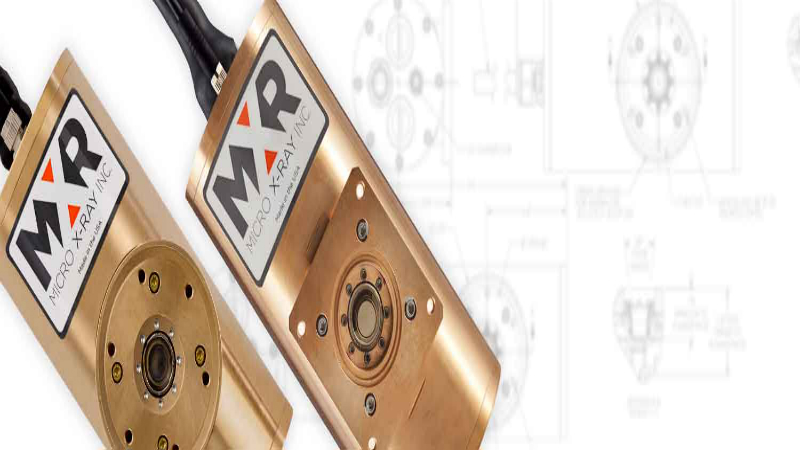Some articles or components made of polycarbonate demand a clarity. These plastics need to be polished in such a manner as to appear shiny and transparent. While several methods are commonly used in the manufacturing and fabricating process, vapor polishing is one of the more common ones. It is used with regularity to achieve the perfect clarity with polycarbonates.
What Is Vapor Polishing?
Vapor polishing, as noted above, is a common method of polishing a rough plastic or polymer component or object to create a transparent surface. The procedure utilizes a heated chemical solvent vapor. The process involves exposure to the vapor. This results in a reaction as a thin melted layer spread through what is called “surface tension” across the surface of the polycarbonate or another plastic surface evenly. This produces a clear and smooth surface. Afterward, the vapor evaporates leaving no trace behind, just a shiny, transparent and polished surface.
What Plastics Are Suitable for Vapor Polishing?
Not all plastics are suitable for vapor polishing treatments. Others, while they can undergo the process, do not emerge as well as they would when polished another way. This is valid for acrylics. Yet, there are many plastics that can benefit from such treatment. Among them are:
* Polysulfone
* Ultem
* Polyethersulfone polycarbonate
* PEI
* ABS
These are utilized by companies to provide components and products to several industries.
Why Companies Choose Vapor Polishing
While many different methods of polishing plastics exist, many companies choose vapor polishing. They do so for any of several reasons. They recognize the ability of the method to help improve their product in a variety of ways. In fact companies come companies actually prefer vapor polishing because:
* It can improve a finish or matte. The method takes a matter or opaque finish and transforms it to one that is described as optically or water clear. This indicates the surface appearance features a high gloss
* It makes medical devices appear clean, actually be clean and remain in this state
* Allows those who work with manifolds to view the interior of the manifold. They can, as a result, check to see if any liquids are present
* Aesthetically, some surfaces simply look better if they are not dull and opaque but glossy, shiny and clear. Such components or objects look cleaner, crisper and more professional after they undergo vapor polishing
Vapor Polishing
Vapor polishing is one means rough, unfinished plastic surfaces can be prepared for their function. The process does so without the loss of any of the original material. It is extremely useful when it is applied to the preparation of specific medical devices and in certain industries where parts need to appear and be crisp and cleanly cut. Above all vapor polishing provides a clarity that is required or even specified in some industries.






